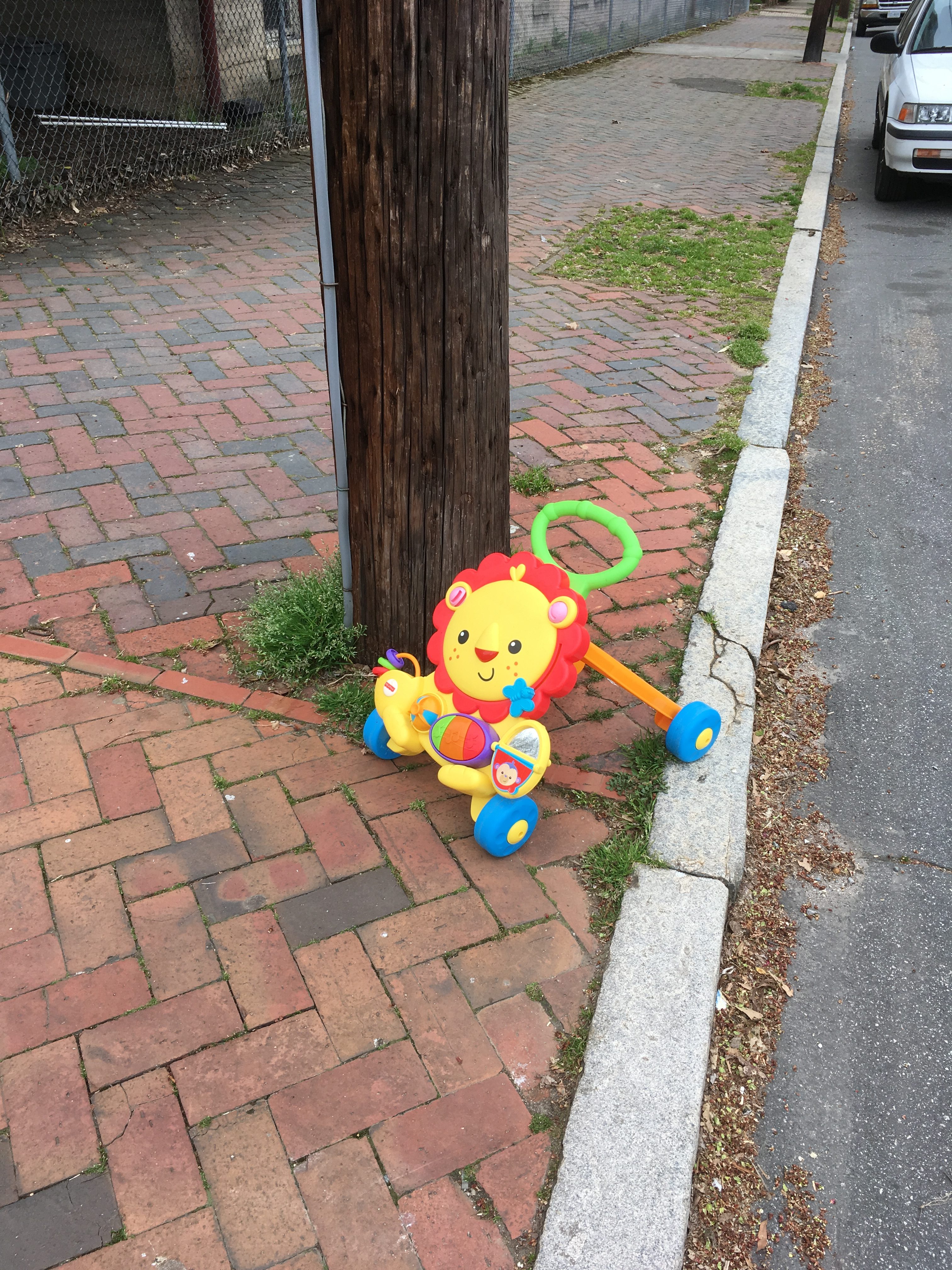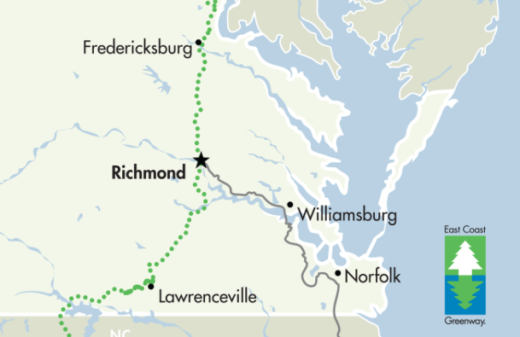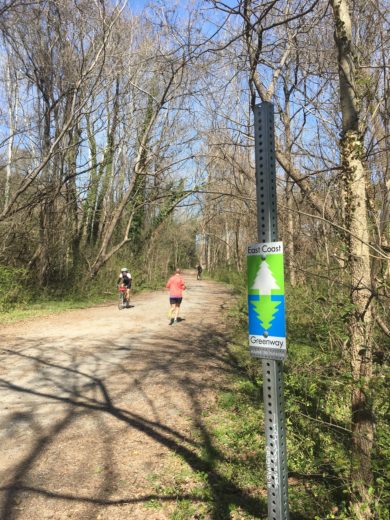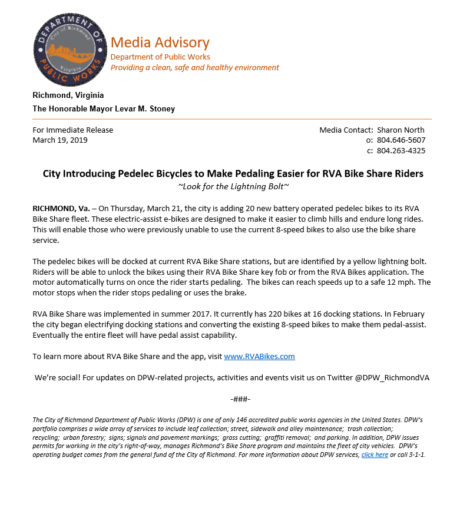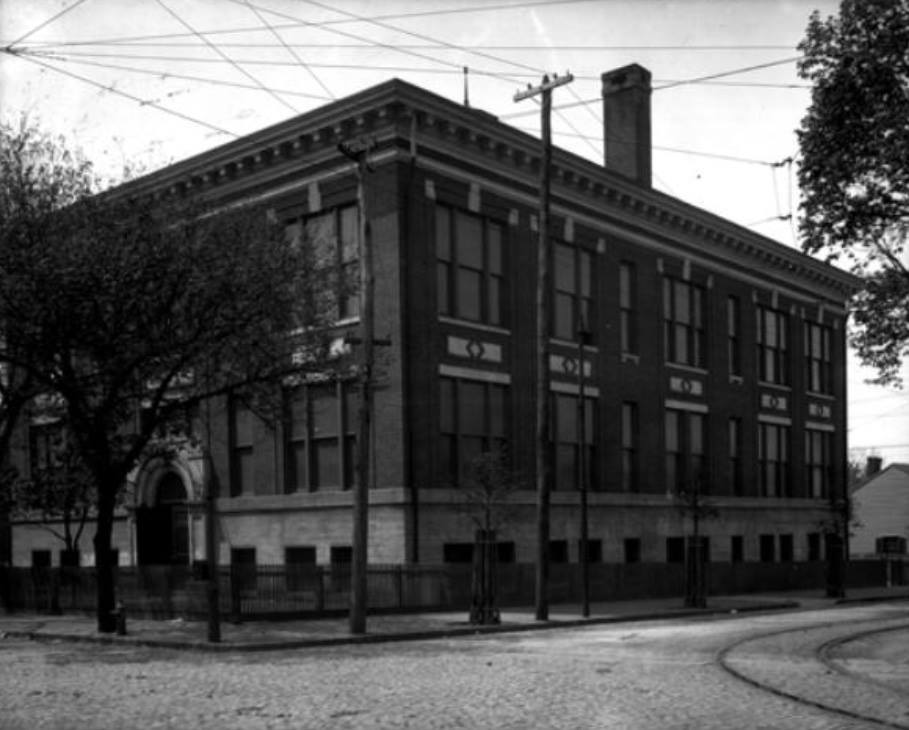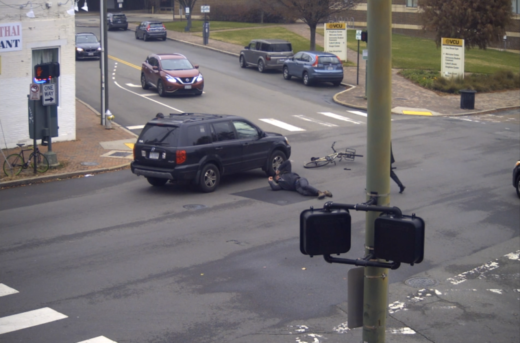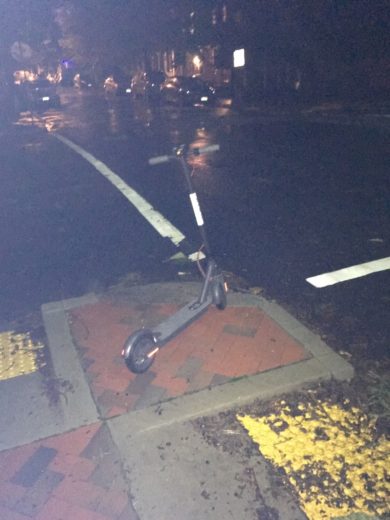From letter:
Dear Honorable Members of the Richmond City Council,
It is devastating to learn that New Market has applied with the Corps of Engineers to backfill the historic James River and Kanawha Canal beside the American Civil War Museum at Tredegar. Burying the authentic canal, built when George Washington was President of the canal, undermines the city’s effort underway to rewater the canal. The canal, built with the sweat of slaves and Irish immigrants, provided the power for the Tredegar Iron Works and made Richmond an important shipping hub.
Here is a link to New Market’s deplorable application to fill the canal: https://webapps.mrc.virginia.gov/public/habitat/getPDF.php?id=20180983
A few years ago the Richmond City Council expressed its desire to revitalize the canal at this location by spending $385,000 for a bridge over the canal on the new 2nd St. connector to maintain the navigability of the canal. New Market’s proposal would fill the canal at the east side of the bridge.
Please take action to let New Market know that the Richmond City Council has devoted significant financial resources to protecting the canal, and it is not in the city’s interests to have the canal backfilled with dirt.
Below, also please find a message from the Dr. Bill Trout, the Curator of the Canal Museum.
Sincerely,
Charles Pool
From attached message:
I hope that we can do something to encourage NewMarket to work toward opening the canal at Tredegar instead of filling it in. A press release from the Virginia Canals & Navigations Society should go through our president Roger Nelson.
Here are some thoughts:Don’t let NewMarket waste Tredegar’s most historic, dynamic and scenic resource.
The canal should be a major tourist feature at Tredegar because Tredegar is there only because the Kanawha Canal is there – for its transportation and for water power. Tredegar would come alive again by opening the canal for boat trips, and for powering waterwheels and turbines. Filling it in and putting up display panels won’t help. Can you imagine water flowing down a raceway and turning a big water wheel? Wouldn’t that be what tourists would photograph and remember? Tredegar means power!
At Tredegar is the only part of the canal in Richmond where there can be mule-drawn canal boat trips, because the towpath is there and gone everywhere else. People love boat rides. Ask canal parks in the other canal states if mule-drawn rides are enjoyable and educational and bring a canal alive. And how did Tredegar receive its supplies of pig iron and fuel during the Civil War? By canal! Tredegar means transportation!
The James River (now Kanawha) Canal was the first operating canal system with locks in the United States. The first part was open at Pump House Park in 1789 while George Washington was the canal company’s honorary president. He visited the canal, with great ceremony, in 1791. Don’t waste Washington’s canal.
So. Open the canal at Tredegar. A $385,000 arched bridge over the canal bed is already there, waiting for the water. Use your imagination, Richmond! Put your canal back to work, don’t fill it in!Bill Trout
Curator, Virginia Canal Museump.s. The canal society has just published a new book, Amazing Virginia Canals, featuring the high points of our remarkable canal and river navigation network. Pages 26-27 are about the canal at Tredegar and its future. See www.vacanals.org/shop.


